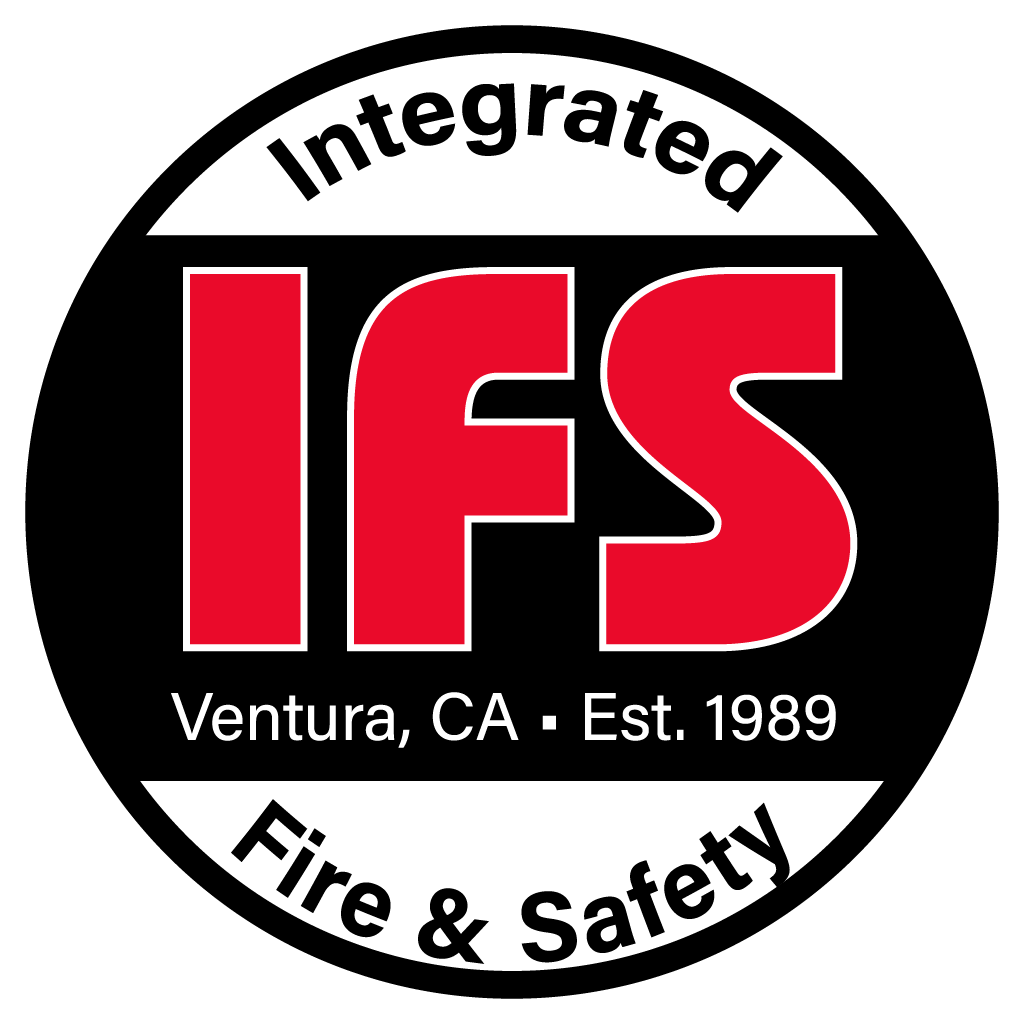Special Hazard Systems
Providing 24/7 Fire Protection To Your Business
Special hazard systems, also known as special fire protection systems, are designed to address specific fire risks that go beyond the capabilities of standard fire protection systems. These systems are tailored to protect high-value assets, critical infrastructure, or areas with unique fire hazards that require specialized measures. They are typically implemented in industrial, commercial, or institutional facilities where traditional fire protection systems may not be sufficient.
Special hazard systems employ advanced technologies and specialized suppression agents to combat fires effectively and minimize damage. These systems are often customized based on the specific hazards present in a facility. Here are some common types of special hazard systems:
- Pre-Action Systems: Pre-action systems combine the features of both dry and wet pipe sprinkler systems. They require two independent events to occur before water is released. Firstly, the fire detection system must detect a fire, and secondly, a supplemental detection system (such as heat or smoke detection) must confirm the presence of a fire. This two-step process helps prevent accidental discharge and minimizes water damage.
- Deluge Systems: Deluge systems are typically used in high-risk environments where a rapid fire spread is expected. Unlike traditional sprinkler systems, deluge systems keep all sprinkler heads open at all times. When a fire is detected, the deluge valve is activated, releasing water through all the sprinkler heads simultaneously. These systems are commonly found in areas such as aircraft hangars, power plants, or flammable liquid storage areas.
- Foam Systems: Foam systems are designed to combat fires involving flammable liquids or materials with a low flashpoint. They work by discharging a foam mixture that creates a blanket on the surface of the flammable liquid, preventing the release of flammable vapors and suppressing the fire. Foam systems are often used in industries such as petrochemical, oil refineries, aviation, and warehouses storing flammable liquids.
- Clean Agent Systems: Clean agent systems use gaseous agents that do not leave any residue after discharge, making them suitable for protecting sensitive equipment or environments. These agents extinguish fires by reducing the concentration of oxygen or interrupting the chemical reaction that sustains the fire. Examples of clean agents include halocarbons (e.g., FM-200, Novec 1230) and inert gases (e.g., argon, nitrogen). Clean agent systems are commonly found in data centers, museums, telecommunication facilities, and server rooms.
- Carbon Dioxide (CO2) Systems: CO2 systems are primarily used for fire suppression in areas where rapid extinguishment is critical, and electrical or water-based suppression systems are impractical. CO2 is a colorless, odorless gas that displaces oxygen, suffocating the fire. These systems are commonly installed in areas such as engine rooms, power generation facilities, and flammable liquid storage areas.
Special hazard systems require careful engineering design, considering factors such as fire hazard analysis, risk assessment, local codes, and regulations. It is crucial to consult with fire protection experts and comply with relevant guidelines to ensure the proper design, installation, and maintenance of these systems.
Please note that while this explanation provides an overview of special hazard systems, it is important to consult with a qualified fire protection professional for specific guidance and advice tailored to your unique needs and facility requirements.

